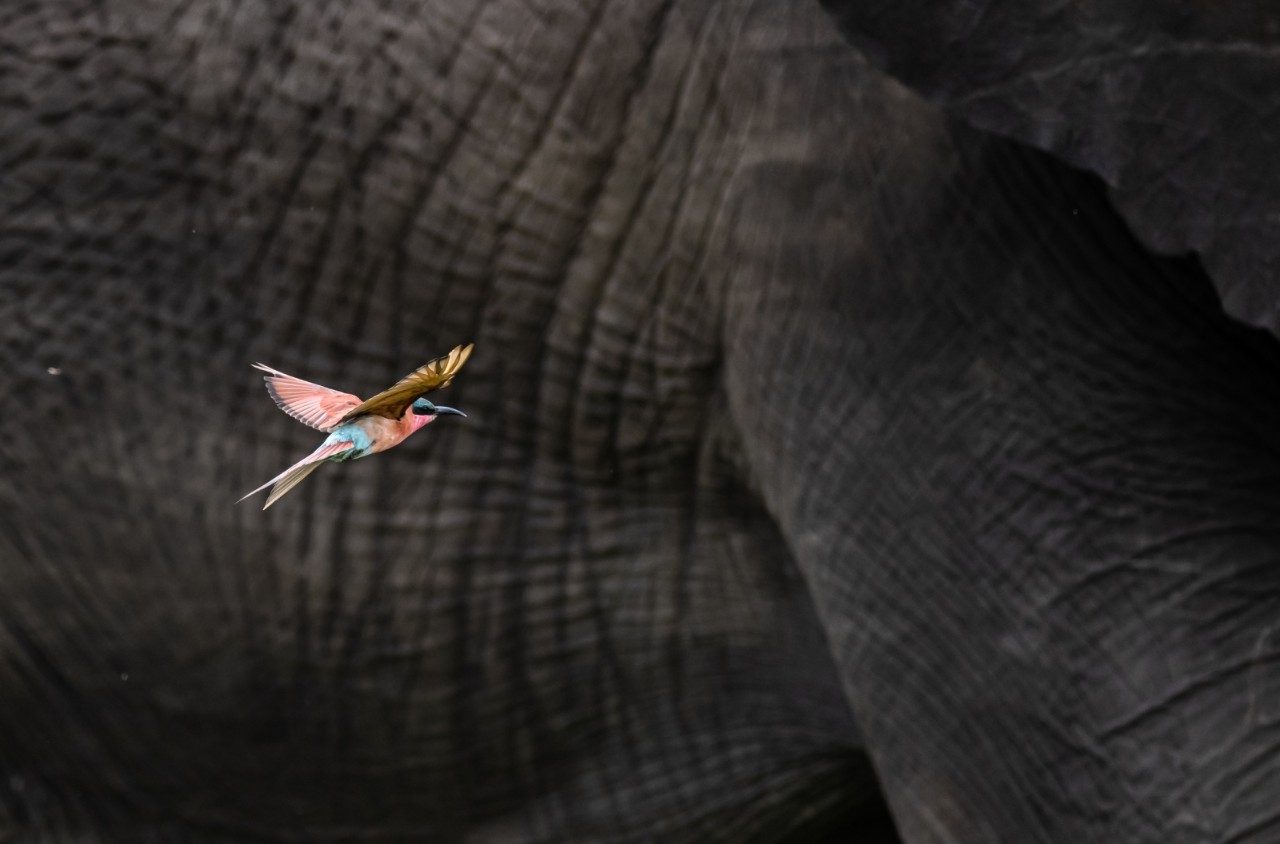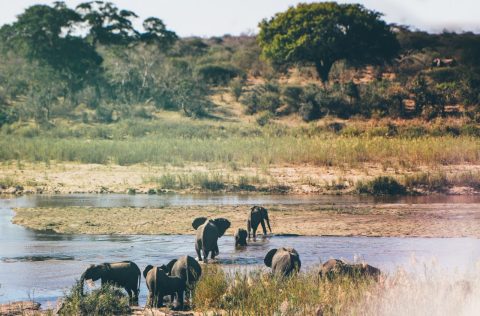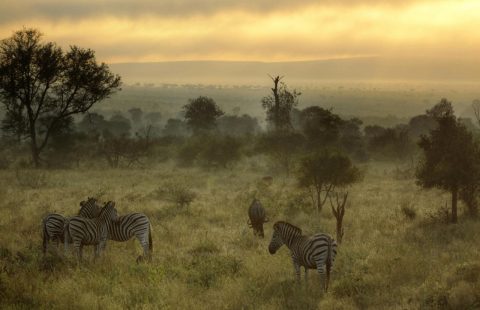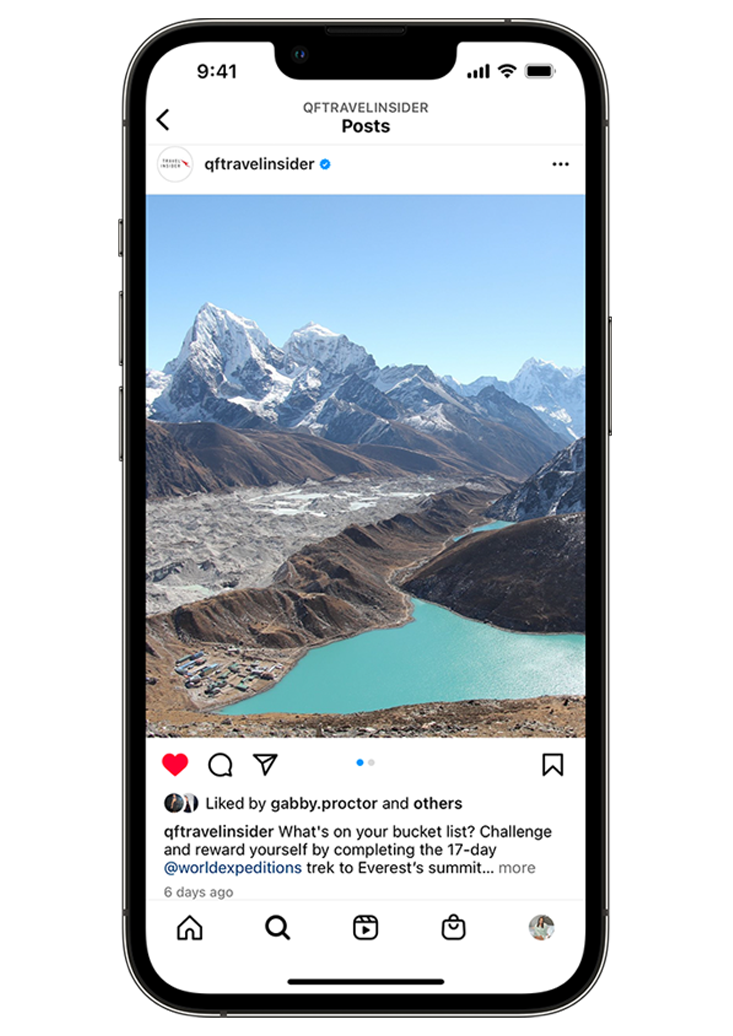Why Kruger National Park Deserves a Spot on Your Safari Bucket List

Light on the land but heavy on pinch-me moments, this wilderness is truly magical.
For a century, South Africa’s best-known national park, a small country of sorts populated almost entirely by wild animals, has sprawled along its north-eastern boundary. You can spend weeks criss-crossing its 360-kilometre length and 65-kilometre breadth, giving way to herds of elephant, searching treetops for gemstone-bright birds, sipping sundowners while the sinking sun cracks open on koppies (rocky outcrops) and dissolves on hippo-flooded rivers.
Visitors have been drawn here since long before the Sabie and Shingwedzi game reserves were merged in 1926 to form Kruger National Park, one of Africa’s largest wildlife reserves. Its accessibility continues to be a big drawcard: it’s less than six hours by road or a short flight from Johannesburg to Skukuza, the park’s headquarters. High-end lodges and South African National Parks campsites are tucked into the bushveld while the Kruger Shalati train hotel is stationed on Selati Bridge over Sabie River. But camping delivers the most visceral safari experience.

“Being totally isolated, in a very controlled situation, in the middle of Kruger National Park, surrounded by the Big Five – it’s an amazing sensory journey,” says Gavin Ferreira of Kruger Untamed, the park’s first licensed seasonal luxury tented camp. At the beginning of May, 15 premium canvas suites, dining areas and safari bars are erected at each of two “vanishing camps”: Satara Plains (near Satara Camp) and Tshokwane on the Ripape River (60 minutes drive from Skukuza). By the end of September, they’ve been dismantled, allowing the landscape some off-season respite.
“When it’s time to go, we pick up everything,” says Ferreira. “We literally only leave our footprints behind.” In the interim, Shangaan trackers share their ancient knowledge of the land on walking safaris and game drives. “It’s a special place to be in silence, to be in nature, immersed in this amazing part of the world.”

Start planning now
SEE ALSO: The 15 Best Things to Do in South Africa
Image credits: Getty Images (elephants)


